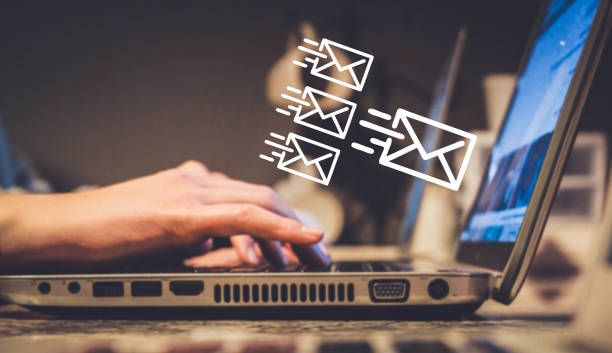In today's digital age, email is a critical communication channel for individuals and businesses alike. However, the rise of email-based threats such as phishing and spoofing attacks has emphasized the need for robust email security measures. DMARC (Domain-based Message Authentication, Reporting, and Conformance) is a powerful email authentication protocol that helps prevent unauthorized use of your domain and protects against email spoofing. In this comprehensive guide, we will explore the significance of DMARC in email security and introduce you to popular DMARC checker tools. Arm yourself with the knowledge and tools to implement DMARC effectively and safeguard your email communications.
Understanding the Importance of DMARC in Email Security

DMARC is an email authentication protocol that builds upon existing standards, such as SPF (Sender Policy Framework) and DKIM (DomainKeys Identified Mail), to provide an additional layer of protection against email-based threats. It allows domain owners to specify policies for email authentication, enabling receiving mail servers to verify the authenticity of incoming messages. DMARC helps prevent email spoofing, phishing attacks, and brand impersonation, thereby enhancing the overall security of your email communications.
The Role of DMARC Checker Tools
DMARC checker tools play a vital role in ensuring the proper implementation and monitoring of DMARC policies. These tools help domain owners and administrators verify the effectiveness of their DMARC configuration and detect any potential issues or vulnerabilities. By using DMARC checker tools, you can gain valuable insights into your email authentication practices, identify unauthorized use of your domain, and take proactive measures to strengthen your email security.

Popular DMARC Checker Tools

- EasyDMARC: EasyDMARC is a comprehensive DMARC checker tool that provides in-depth analysis and reporting capabilities. It allows you to monitor DMARC compliance, authenticate email sources, and identify potential threats. With its user-friendly interface and real-time notifications, EasyDMARC simplifies the process of implementing and managing DMARC for enhanced email security.
- Mimecast DMARC Analyzer: Mimecast DMARC Analyzer is a powerful tool that helps organizations gain visibility into their email ecosystem. It provides detailed reporting on DMARC compliance, SPF, and DKIM alignment, allowing you to proactively monitor and protect your email domain. Mimecast DMARC Analyzer offers actionable insights and recommendations to improve your email security posture.
- dmarcian DMARC Inspector: The dmarcian DMARC Inspector is a popular DMARC checker tool that provides a range of analysis and reporting features. It offers detailed visibility into DMARC compliance, SPF, DKIM, and BIMI (Brand Indicators for Message Identification) alignment. The DMARC Inspector helps you understand your email ecosystem, identify potential vulnerabilities, and take corrective actions to bolster your email security.
Implementing DMARC Effectively

To implement DMARC effectively, consider the following steps:
- Assess your current email authentication practices: Evaluate your existing SPF and DKIM configurations to ensure they are correctly set up. Review your email infrastructure and identify any gaps or vulnerabilities in your authentication processes.
- Define your DMARC policy: Specify your desired DMARC policy, which can be set to either monitor mode (p=none), quarantine mode (p=quarantine), or reject mode (p=reject). Gradually progress from monitor mode to quarantine or reject mode to minimize false positives and ensure a smooth transition.
- Publish your DMARC record: Publish your DMARC record in your DNS (Domain Name System) to indicate your DMARC policy and provide instructions to receiving mail servers on how to handle emails from your domain. Ensure that the record is correctly configured to align with your email authentication practices.
Commonly Asked Questions:
Can DMARC prevent all email-related threats?
While DMARC is a powerful tool in combating email spoofing and phishing attacks, it is not a comprehensive solution for all email-related threats. Implementing DMARC alongside other security measures, such as employee training, anti-malware software, and strong password policies, is crucial for comprehensive email security.
Do DMARC checker tools require technical expertise to use?
DMARC checker tools are designed to be user-friendly and accessible to both technical and non-technical users. However, a basic understanding of email authentication protocols and DNS configuration is beneficial for effective use of these tools.
Conclusion:
Protecting your email communications from unauthorized use and spoofing is paramount in today's threat landscape. Implementing DMARC and utilizing DMARC checker tools are essential steps to enhance your email security. By ensuring the authenticity of incoming messages and proactively monitoring your email ecosystem, you can safeguard your organization's reputation and protect your recipients from email-based threats. Embrace the power of DMARC checker tools and fortify your email security with confidence.

